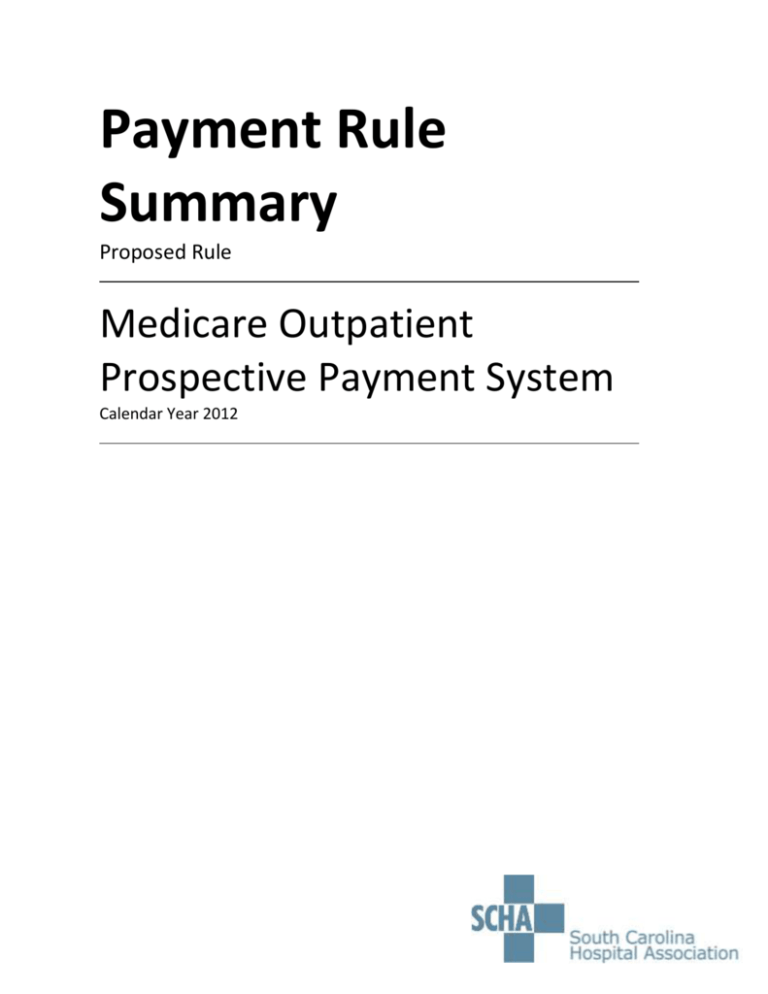

G0379 (Direct referral of patient for hospital observation care) on the same date of service as one of the following:
#Outpatient prospective payment system indicators code
Claims that contain services provided on the same date of service or 1 day before the date of service for HCPCS code G0378 and described by one of the following codes:.Any claim containing 8 or more units of services described by HCPCS code G0378 (Observation services, per hour).Any procedure that is assigned Status Indicator “T” (Paid under OPPS separate APC payment).The following services are included in the Observation Comprehensive APC (C-APC) 8011: G0463 (Hospital outpatient clinic visit for assessment and mgmt. G0384 (Type B emergency department visit, Level 5) G0383 (Type B emergency department visit, Level 4) G0382 (Type B emergency department visit, Level 3) G0381 (Type B emergency department visit, Level 2) G0380 (Type B emergency department visit, Level 1) In 2019, for Observation (APC 8011), a clinic or ED visit is identified through alphanumeric codes: In 2016, CMS revised the instructions and APC for Comprehensive Observation Services (COS). APC payments also apply to outpatient testing (such as radiology, nuclear medicine imaging) and therapies (such as certain drugs, intravenous infusion therapies, and blood products).

Why did CMS create APCs?ĪPC payments apply to outpatient surgery, outpatient clinics, emergency department services, and observation services. For example, Status Indicator (SI) “F” - Corneal Tissue Acquisition Certain CRNA Services and Hepatitis B Vaccines, is not paid under OPPS but is paid on reasonable cost basis. A status indicator is assigned to each code to identify how the service is priced for payment.

Eventually this percent will be capped at 20% of the payment rate. Co-pays vary between 20 and 40% of the APC payment rate. The payment is divided into Medicare's portion and patient co-pay. The payments are calculated by multiplying the APCs relative weight by the OPPS conversion factor and then there is a minor adjustment for geographic location. (Many HCPCS codes are derived directly from the AMA CPT.) Since this payment is a prospective and "fixed" payment to the hospital, the hospital is at risk for potential "profit or loss" with each APC payment it receives. All services (identified by submission of CMS' Healthcare Common Procedure Coding System (HCPCS) codes on the hospital's UB 04 claim form) which are grouped under a specific APC result in an annually updated Medicare "prospective payment" for that particular APC. How do APCs work?Įach APC is composed of services which are similar in clinical intensity, resource utilization and cost. If the patient is admitted from a hospital clinic or ED, then there is no APC payment, and Medicare will pay the hospital under inpatient DRG methodology. APC payments are made only to hospitals when the Medicare outpatient is discharged from the ED or clinic or is transferred to another hospital (or other facility) which is not affiliated with the initial hospital where the patient received outpatient services. APCs are an outpatient prospective payment system applicable only to hospitals and have no impact on physician payments under the Medicare Physician Fee Schedule.

This OPPS was implemented on August 1, 2000. A part of the Federal Balanced Budget Act of 1997 required HCFA (now CMS) to create a new Medicare "Outpatient Prospective Payment System" (OPPS) for hospital outpatient services -analogous to the Medicare prospective payment system for hospital inpatients known as "Diagnosis Related Groups" or DRGs. APCs or "Ambulatory Payment Classifications" are the government's method of paying facilities for outpatient services for the Medicare program.


 0 kommentar(er)
0 kommentar(er)
